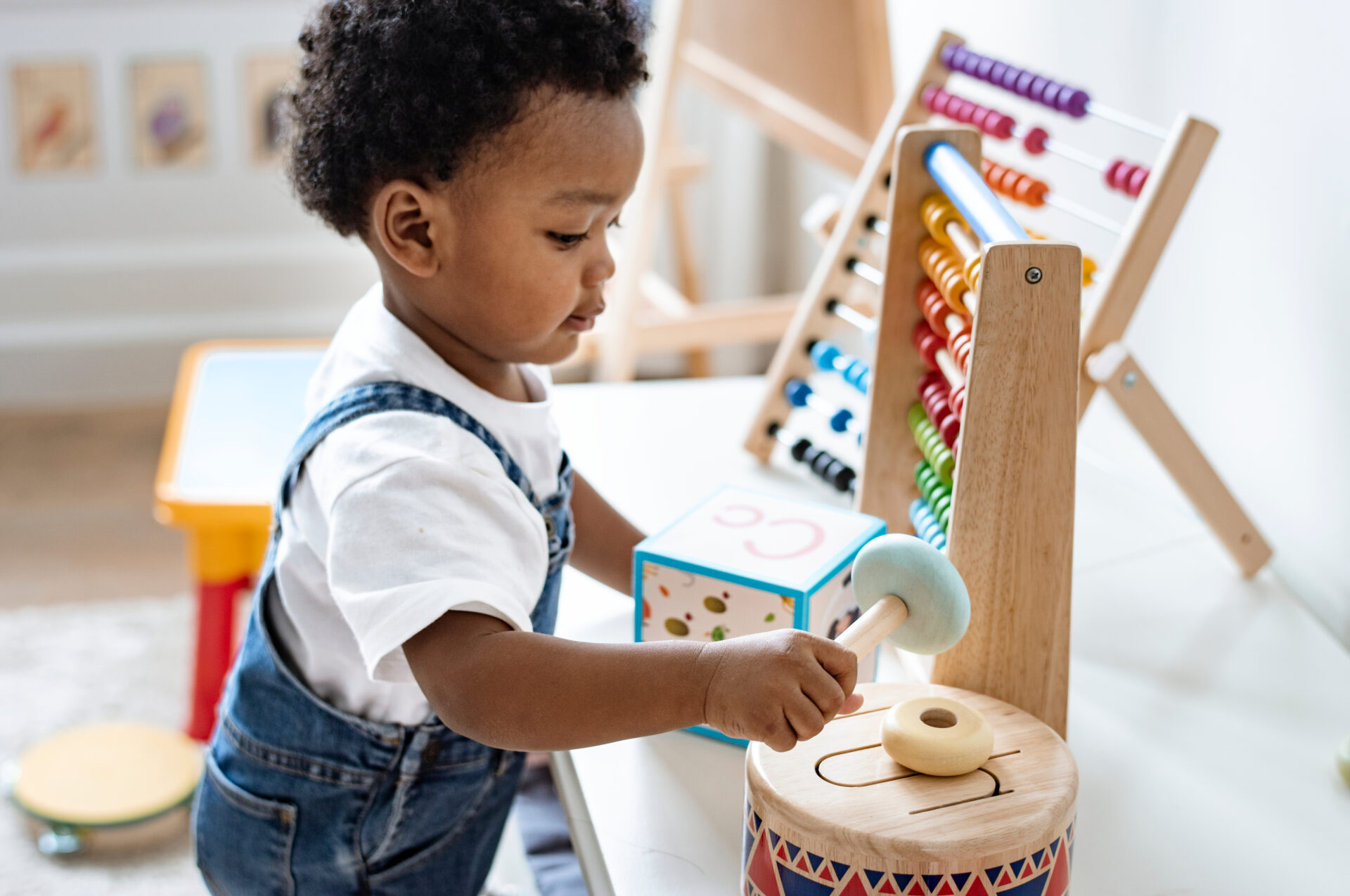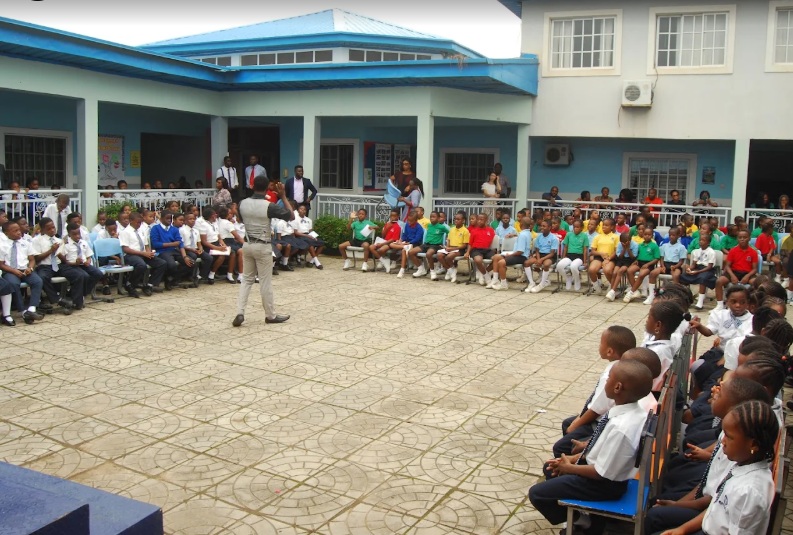Looking for simple ways to support your two-year-old’s learning at home? Montessori-inspired activities are the perfect solution.
At age two, toddlers are busy little explorers. They want to touch, move, carry, stack, and figure out how things work.
Following the Montessori approach at home means giving your child hands-on opportunities to learn through play.
The best part? You don’t need fancy toys or expensive materials. Everyday objects, along with a little creativity, are more than enough.
This guide covers a wide range of Montessori at home activities for 2 year olds; from movement and music to practical life, art, language, sensory, and more.
These activities will help your toddler build independence, confidence, and important life skills, all while having fun.
Remember: keep things simple and follow your child’s lead. If they aren’t interested in something, that’s okay. You can always try again later.
Why Montessori at Home Works for 2-Year-Olds
The Montessori method emphasizes independence, respect, and hands-on learning. For toddlers, this means:
- Freedom of choice (choosing activities themselves)
- Practical life skills (pouring, cleaning, carrying, dressing)
- Movement-based learning (developing coordination and balance)
- Exploring with the senses (touching, smelling, tasting, listening, seeing)
By introducing Montessori-inspired activities at home, you’re helping your two-year-old develop focus, problem-solving skills, and self-confidence in a natural, playful way.
Read more: How to Beat Exam Anxiety for Students – Quick Tips
Movement & Music Activities
1. Walk the Line
Place masking tape on the floor in a straight line or a square. Show your child how to walk along the line, heel to toe, like a balance beam.
This activity builds balance, concentration, and body awareness.
Outdoors, you can practice balancing on logs, curbs, or play structures. Over time, your child will gain more confidence and coordination.
2. Toddler Yoga with Cards
Yoga is a fun way to introduce movement and mindfulness. Use child-friendly yoga cards with simple poses like Butterfly or Downward Dog.
Pick 3–5 cards, demonstrate the poses, and let your toddler imitate you.
Keep the cards in a basket so your child can return to them independently. As they master a few poses, swap in new ones.
3. Play Musical Instruments
Introduce your toddler to rhythm by giving them instruments like a drum, xylophone, maracas, or bells.
Don’t have instruments? Pots, pans, and wooden spoons make great substitutes.
Music activities help children understand cause and effect (“When I hit this, it makes a sound”), rhythm, and self-expression.
4. Climbing Adventures
Climbing is an important skill for toddlers, it builds strength and coordination. Encourage safe climbing using:
- Indoor climbers or playground equipment
- A sturdy step stool (with supervision)
- A DIY crash mat (pile up cushions and blankets for safe jumping and climbing)
Add variety with obstacle courses made of chairs, tunnels, or taped lines on the floor.
5. Daily Walks
Take your toddler outside for fresh air and exploration. While walking, collect pinecones, stones, or flowers.
Read on: Internship Opportunities for Nigerian Students – Remote
You can also use walks to teach new vocabulary, like “tall tree,” “yellow flower,” or “smooth stone.”
6. Dance and Move
Turn on music from different cultures and tempos. Dance freely with scarves, ribbons, or toys.
Dancing improves coordination, rhythm, and creativity. Plus, it’s a great way to bond and burn off energy.
Practical Life Activities
Montessori emphasizes practical life skills, things toddlers see adults doing every day.
These activities teach responsibility and independence.
7. Pouring Practice
Give your child two small pitchers and water. Show them how to pour from one into the other.
Start with dry items (like rice or beans) before moving to water.
8. Washing Toys
Fill a small tub with soapy water. Give your child a sponge or brush to wash plastic toys.
They’ll love the bubbles while practicing cleaning skills.
9. Sorting Laundry
Toddlers enjoy helping with real chores. Ask your child to sort socks by color or size.
This builds categorization and observation skills.
10. Setting the Table
Show your child how to place spoons, plates, and napkins on the table. Use child-sized utensils to make it easier.
Art & Creativity Activities
Art helps toddlers express themselves and build fine motor skills.
11. Finger Painting
Provide washable paint and paper. Let your child explore colors and textures with their hands.
12. Collage Making
Offer scraps of paper, fabric, or leaves. Your toddler can glue them onto cardboard to create a collage.
Check out : Public Speaking Tips for Students in Nigeria
13. Coloring and Drawing
Introduce crayons, markers, or chalk. Drawing helps develop hand strength needed for writing later.
Language Development Activities
14. Story Time
Read books daily. Use different voices for characters, point out pictures, and ask simple questions like, “What do you see?”
15. Story Dice or Cards
Use picture cards or dice with images to create simple stories together.
For example, if the card shows a dog, you can say, “The dog went to the park,” and encourage your toddler to add details.
16. Naming Objects
Label everyday items around the house, chair, spoon, shoe and encourage your toddler to say the names. Repetition builds vocabulary quickly at this age.
Sensory Play Activities
Two-year-olds learn best by using their senses.
17. Sensory Bins
Fill a bin with rice, beans, sand, or water. Add scoops, spoons, and cups for pouring.
18. Nature Tray
Collect pinecones, shells, or leaves and let your child explore textures and shapes.
19. Playdough Creations
Homemade or store-bought playdough is excellent for strengthening little hands.
Show your toddler how to roll, press, and cut shapes.
Fine Motor Skill Activities
Fine motor skills are crucial for writing and self-care.
20. Bead Threading
Use large beads and a shoelace for safe threading practice.
See now: Fun Debate Topics for Kids in Nigeria: 25 Exciting Ideas to Spark Young Minds
21. Peg Boards
Provide a peg board or stackable cups to practice hand-eye coordination.
22. Cutting with Scissors
Offer child-safe scissors and strips of paper. Show your toddler how to cut slowly across the paper.
Nature & Outdoor Learning
23. Gardening Together
Give your toddler a small shovel or watering can. Let them dig in the dirt, plant seeds, or water flowers.
24. Collecting Nature Treasures
Create a “nature basket” where your child can keep interesting finds like leaves, rocks, or sticks.
25. Simple Birdwatching
Sit outside and point out birds. Talk about their colors, songs, and movements.
Problem-Solving & Cognitive Play
26. Wooden Puzzles
Choose puzzles with knobs and large pieces for easy handling.
27. Matching Games
Use picture cards or everyday objects. Ask your toddler to match socks, lids, or shapes.
28. Stacking Blocks
Encourage your child to build towers and knock them down. This teaches balance and cause-and-effect.
Role-Playing & Imaginative Play
29. Pretend Kitchen
Use toy kitchen sets or real (safe) utensils to play pretend cooking.
Read also: How to Beat Exam Anxiety for Students – Quick Tips
30. Dress-Up Play
Provide hats, scarves, and simple costumes. Pretend play helps toddlers explore emotions and social roles.
31. Doctor or Caregiver Play
Give your child a doll and toy medical kit. Show them how to care for their “patient.”
Tips for Success with Montessori at Home
- Keep activities simple and short. Two-year-olds have short attention spans.
- Follow your child’s interests. Don’t force an activity.
- Use child-sized tools. This makes tasks easier and builds independence.
- Rotate activities. Instead of overwhelming your toddler, offer 3–5 activities at a time.
- Focus on process, not product. It’s about exploration, not perfection.
Conclusion
Supporting your toddler’s growth doesn’t require fancy toys or hours of screen time.
With these Montessori at home activities for 2 year olds, you can create a rich learning environment right in your living room or backyard.
From movement and art to practical life and sensory play, every small activity is a step toward independence, curiosity, and lifelong learning.
The key is to make learning fun, hands-on, and stress-free. Watch your child explore, experiment, and thrive, one Montessori activity at a time.
FAQs on
Montessori at Home Activities for 2-Year-Olds
1. What are Montessori activities for 2-year-olds?
They are hands-on, simple activities that help toddlers build independence, fine motor skills, and practical life skills.
2. Do I need special Montessori toys?
No, many activities can be done with everyday items at home, like spoons, cups, or laundry.
3. How long should a 2-year-old do Montessori activities?
Most toddlers can focus for 5–15 minutes. Keep sessions short and let your child lead.
4. Can Montessori activities replace preschool?
They prepare toddlers for preschool but don’t replace structured education. Still, they are excellent at-home learning tools.
5. What’s the most important Montessori principle at home?
Respect your child’s independence. Allow them to try, make mistakes, and learn at their own pace.




